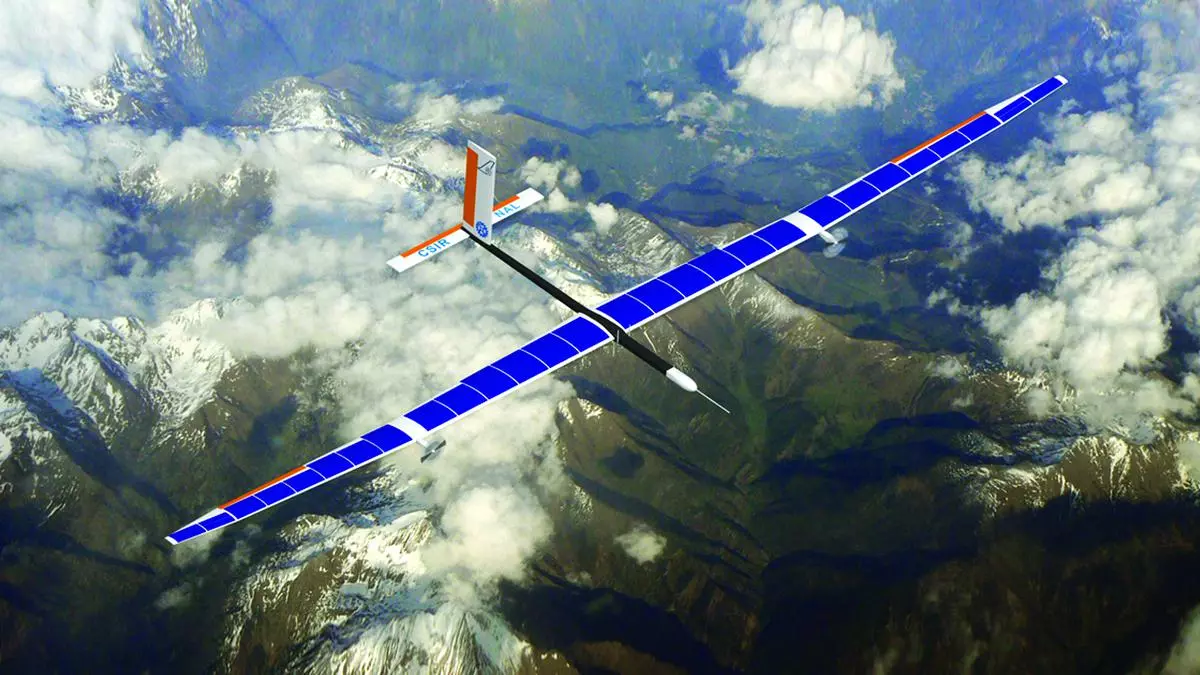SOURCE: RAUNAK KUNDE / NEWS BEAT / IDRW.ORG

The Indian Ministry of Defence (MoD) has marked a significant step towards bolstering its military capabilities with the Approval In-Principle (AIP) granted for the indigenous development of high-altitude platforms (HAPs). These cutting-edge platforms, designed for border surveillance, have the potential to revolutionize military reconnaissance and surveillance efforts, enhancing national security.
HAPs often likened to drones but with a distinct advantage, are engineered to operate at altitudes ranging from 18 to 20 kilometers above the Earth’s surface. This altitude advantage sets them apart from conventional drones, enabling them to survey vast areas and provide critical data for strategic decision-making. While satellites orbit at much greater altitudes using gravitational forces, HAPs are deployed at a lower altitude, granting them greater manoeuvrability and responsiveness.
Beyond military applications, the potential non-military uses of HAPs are extensive and diverse. They can combat piracy, monitor smuggling, detect irregular migration, and aid pollution control. Moreover, HAPs are ideal for search and rescue operations, providing swift assistance in critical situations. They can also bridge communication gaps in remote and rural areas, facilitating wireless access, emergency communications, and even boosting rural connectivity.
The National Aerospace Laboratories (NAL) is spearheading the HAP development program in India, Hindustan Aeronautics Limited (HAL) in collaboration with startups like NewSpace Research and Technologies is also working on its own HAP development program in India.
HAL has allocated ?42 crore towards developing a HAP prototype. Both NAL and HAL have already developed smaller-scale HAP models for demonstration purposes, laying the groundwork for the full-fledged version. The timeline for the project is promising, with a projected completion of the full-scale HAP within the next two to three years.
NOTE : Article cannot be reproduced without written permission of idrw.org in any form even for YouTube Videos to avoid Copy right strikes